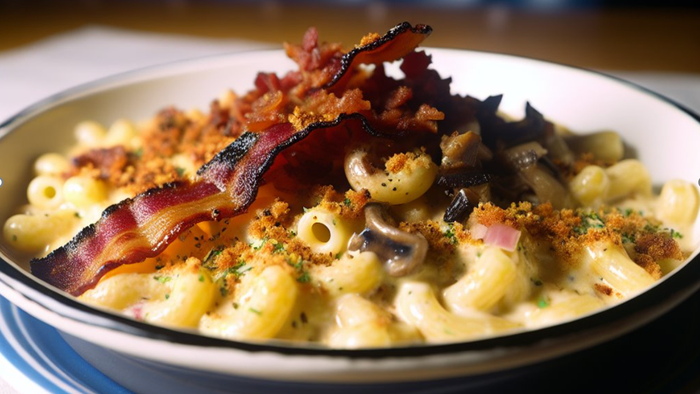A Guide to Proactively Planning Your Holiday Marketing PushA Guide to Proactively Planning Your Holiday Marketing Push

With summer waning and fall just around the corner, let’s see a show of virtual hands: How many of you have started thinking about your holiday push at the beginning of November, only to realize you don’t have enough time to market your holiday services and sales?
Starting out your holiday marketing efforts in November sounds reasonable, but the truth is that everything is already starting up by the time you launch your campaign. Once Thanksgiving rolls around, you may find yourself slammed with personal and professional responsibilities with no end in sight until the New Year. This leaves scant time to properly market your services to attract new customers, maximizing sales through the busy months of the holiday season.
So now is the time to start planning out your holiday marketing. A bit of proactive planning at the end of summer can simplify the last months of the year so you’re not scrambling to launch crucial holiday campaigns. Powerful marketing campaigns are especially prudent this year, as the pandemic has pushed all brands to focus their efforts (and budgets) on digital marketing.
So, what can you do now to proactively prepare for the holiday season?
First and foremost, you need to start now.
At the start of fall, you’ll have plenty of time to connect with leads and ramp up before the busier months come. For corporate clients, gauge corporate parties and start reaching out to former clients to see if they are still planning to have their holiday parties. Expect a decline in activity this year, but being proactive now will give you a head start with those who are planning.
For social events, start talking about holiday parties on your blog and social media. Tailor it towards health and safety measures in place to keep guests safe from coronavirus. People will still be hosting parties, even if they’re smaller than usual, and they’ll be looking for professionals who will put their health first.
Consider offering a special for booking early (perhaps by the end of October) — but first, audit your contracts with a lawyer to safeguard your business in case the pandemic impacts your clients’ plans.
Update your website accordingly.
If you’re talking about holiday events in social media posts, email blasts, or paid ads, you’ll want to make sure that the Services page on your website matches your marketing messages. If they click through to your website, it should feel like they’ve reached the right place. Update your copy to include holiday services and, if possible, add some holiday-inspired photos to your portfolio. The more you can refine your website to focus on seasonal celebrations, the more your brand will resonate with prospects planning holiday events.
Map out your content strategy.
The holiday season gets busy quickly and, eventually, content marketing feels like more of a chore than a valuable business-building strategy. Spend some time now planning out your social posts for the season to ensure you’re consistently pushing out compelling content with a variety of messages.
For social media, include topics that will drive engagement like behind-the-scenes videos, menu ideas, seasonal décor, and the safety protocols your team follows. Email marketing, on the other hand, is a great place to include long-form educational content that prepares potential customers for doing business with you amidst a pandemic, including topics like menu planning and successful social distancing for holiday parties.
The goal is to remain authentic, but don’t forget to sell. Follow the 80/20 rule (80% soft content and 20% sales copy) or even 70/30 during the holidays. You don’t want to lose people by coming off as too salesy, but you can push a little heavier than the rest of the year.
Bump up your ad spend.
If you’ve been thinking about diving into paid ads, there’s no better time than during the holiday season. With some strategically designed ads, you can turn social media into a 24/7 sales engine that continues generating leads — even when you’re sleeping. Create some holiday-related content on your website, like an educational blog post, and drive lead ads to that page.
Once your traffic starts increasing, you can continue engaging website visitors with retargeting ads. You might also consider experimenting with conversion ads, but this may not be feasible for many small businesses as Facebook needs at least 50 conversions per week to optimize.
It might seem silly to start thinking about the holidays now, but take a page out of your favorite big-box store and start preparing for the influx of spending that lies ahead. With a bit of planning, you can focus on what matters most during the holidays: serving your clients with top-tier service and enjoying time with your family and friends.







